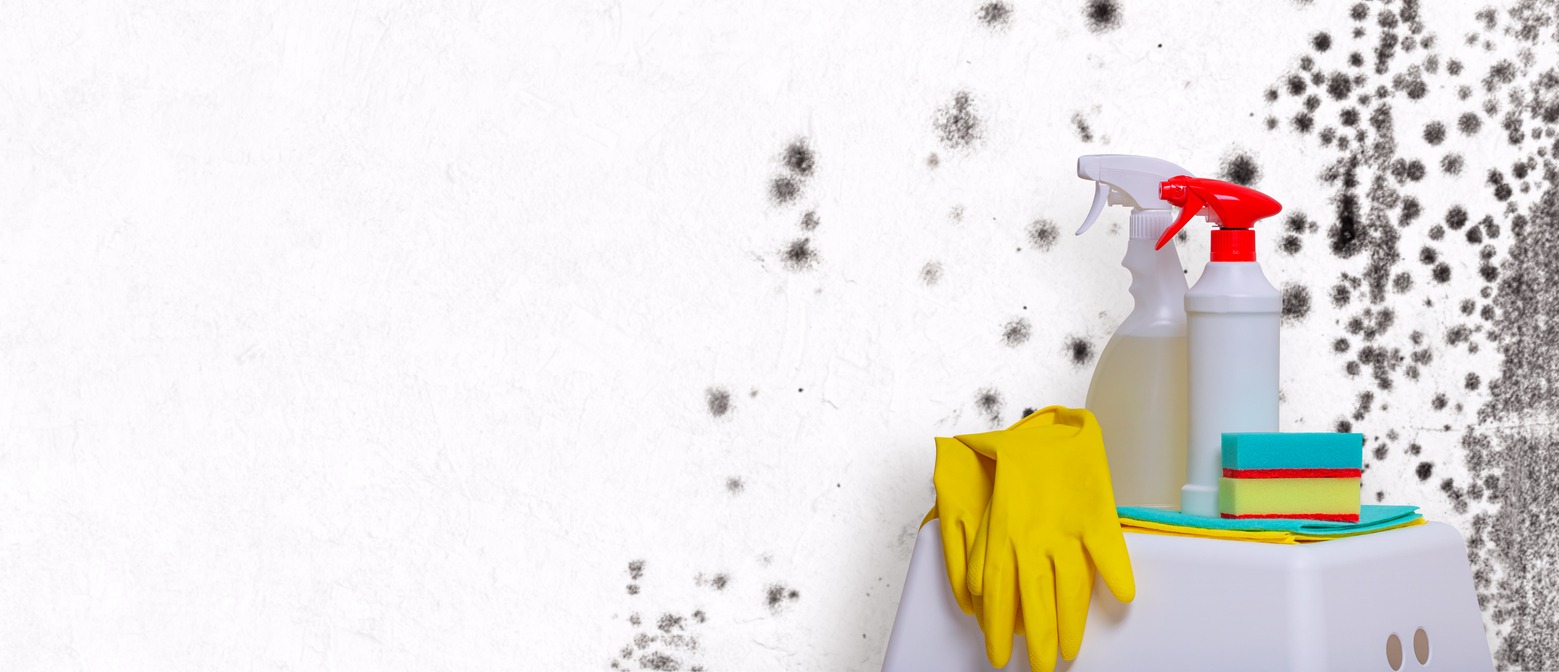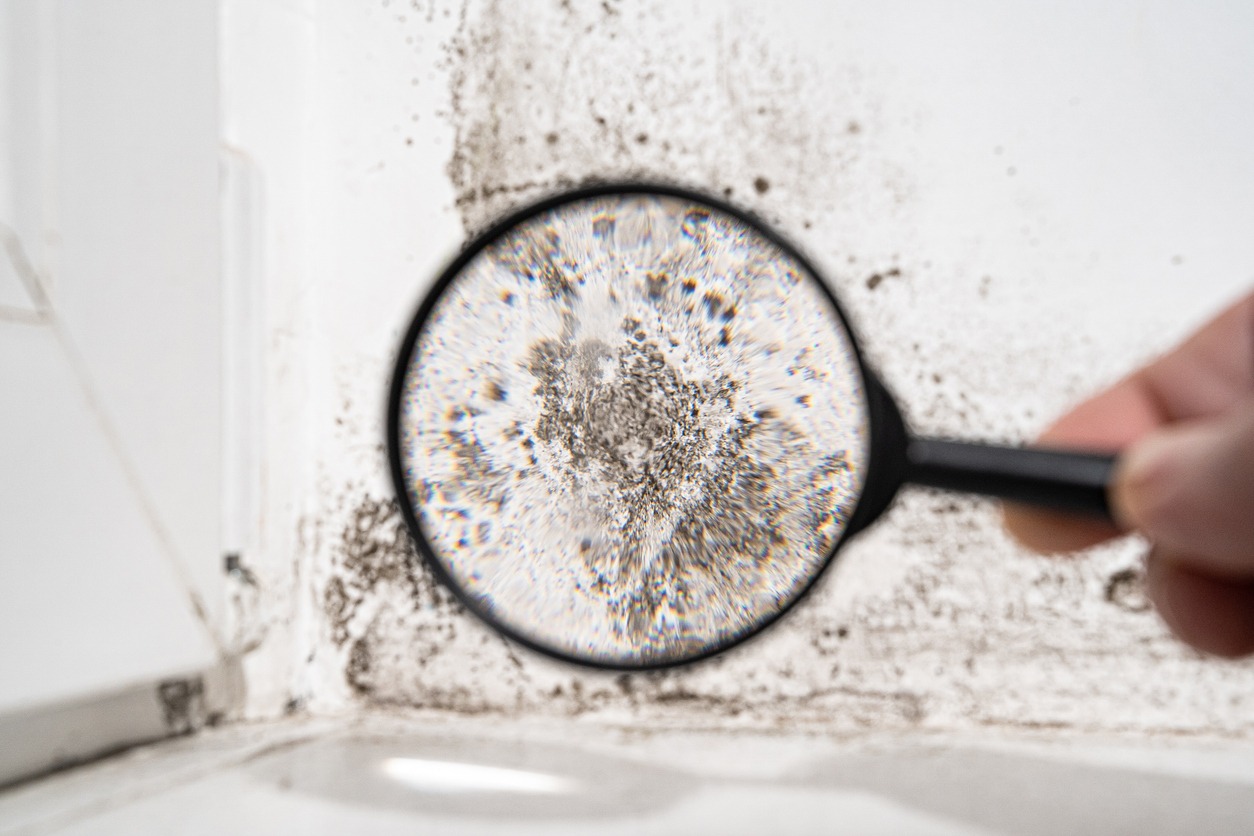Before embarking on a painting project, one important step is ensuring that your surfaces are free from mold and mildew. These fungi not only compromise the health of your home’s structure but can also pose serious health risks to its inhabitants. Properly addressing mold and mildew before applying new paint is essential for both the longevity of your paint job and the safety of your living environment. This article will provide practical steps for effectively controlling mold and mildew, ensuring that your painting surface is pristine and ready for transformation.
The Causes of Mold and Mildew Growth in Homes
Mold and mildew are not only unsightly but can also cause health issues and damage to your home. Understanding what causes these fungi to grow is the first step in effectively preventing and managing them. Here are the main factors that contribute to the growth of mold and mildew in homes:
- Excess Moisture: The primary catalyst for mold and mildew growth is moisture. This can come from various sources such as leaking pipes, flooding, damp basements, or high humidity levels. Areas that remain moist are particularly prone to developing these fungi.
- Poor Ventilation: Inadequate ventilation in areas like bathrooms, kitchens, and laundry rooms can lead to increased humidity and moisture, creating ideal conditions for mold and mildew. Homes that do not allow for sufficient air exchange can trap moisture inside, exacerbating the problem.
- Lack of Sunlight: Mold and mildew thrive in dark environments. Rooms that do not receive enough natural light are more likely to have issues with these growths, especially if other conditions, such as moisture and poor ventilation, are present.
- Organic Materials: Mold and mildew need an organic food source to grow, such as wood, paper, drywall, and other cellulose-based materials found in construction. These materials can absorb and retain moisture, providing a nourishing environment for fungi.
- Temperature Fluctuations: Warm temperatures can also foster mold and mildew growth, especially when combined with high humidity. Most molds grow optimally in temperatures between 60 and 80 degrees Fahrenheit, which are common indoor temperatures in many climates.
By addressing these factors, homeowners can take proactive steps to mitigate the risk of mold and mildew in their living spaces, protecting both their health and their homes.
Tips for Controlling Mold and Mildew Before Painting
Preparing to paint your home involves more than just choosing the right color and type of paint. Controlling mold and mildew is a critical step in the preparation process to ensure a successful and lasting paint job. Here are some practical tips to help you effectively manage mold and mildew before you start painting:
Identify and Fix Moisture Sources
Before anything else, identify the sources of moisture that may be contributing to mold and mildew growth. This could be anything from leaking pipes and roofs to condensation from poor insulation. Fixing these issues is essential to prevent further growth. Ensure that all repairs are completed and the areas are completely dry before you begin painting.
Improve Ventilation
Enhancing the ventilation in your home can significantly reduce moisture levels, making it less hospitable for mold and mildew. Use exhaust fans in high-moisture areas like bathrooms and kitchens, and consider using dehumidifiers in particularly damp spaces. Keeping air circulating with ceiling fans or even periodic opening of windows can also help reduce moisture.
Clean Surfaces Thoroughly
Once the area is dry and repaired, clean the surfaces thoroughly to remove any existing mold or mildew. You can use a solution of bleach and water (one cup of bleach to a gallon of water) to kill the mold. Make sure to wear protective gear like gloves and a mask, as bleach is harsh and mold spores can be dangerous to inhale.
Apply a Mold-Inhibiting Primer
After cleaning and drying the affected areas, apply a mold-inhibiting primer to the walls before painting. These primers are specially formulated to resist mold growth and can provide an extra layer of protection against future problems. This is especially important in rooms that are prone to dampness.
Use Mold-Resistant Paint
For added protection, opt for mold-resistant paint, particularly in areas susceptible to high moisture. These paints contain antimicrobial agents that help prevent the growth of mold and mildew on the paint surface. While more expensive than regular paint, they can be a worthwhile investment in bathrooms, kitchens, basements, or other moist areas.
Should You Hire Professional Painters to Apply Mold-Resistant Paint?
Deciding whether to hire professional painters for your mold-resistant painting project is an important consideration. While DIY can be tempting, the expertise and efficiency of professionals often prove invaluable, especially when dealing with specialized products like mold-resistant paint. Here are several reasons why hiring professional painters might be the right choice for your project:
- Proper Application Techniques: Professional painters have the experience and tools necessary to apply mold-resistant paint correctly. This type of paint often requires specific techniques for optimal effectiveness, and professionals ensure that it is applied evenly and dries properly to maximize its mold-resisting properties.
- Surface Preparation: One key to effective mold resistance is thorough surface preparation. Professional painters are skilled in properly preparing surfaces, which may involve extensive cleaning, repairing moisture damage, and applying the appropriate primers before the actual paint. This preparation is crucial for preventing future mold growth.
- Access to High-Quality Materials: Professional painters have access to the best products on the market and can recommend the most effective mold-resistant paints and primers based on your specific needs. They often have relationships with suppliers that allow them to obtain these materials at a lower cost and with assurances of authenticity and quality.
- Time and Cost Efficiency: Hiring professionals can actually be cost-effective when considering the potential for mistakes, redo’s, and the purchase of tools and equipment when doing it yourself. Professionals can complete the job faster and with fewer errors, which can save money and reduce the stress of prolonged renovation projects.
- Safety: Dealing with mold involves exposure to spores that can be harmful to your health. Professional painters are equipped with the right safety gear and are trained in safe handling and disposal methods to minimize health risks.
- Guaranteed Results: Many professional painting services offer guarantees or warranties on their work. This provides peace of mind that the job will be completed to a high standard and that any issues that might arise will be addressed without additional costs.
Considering these factors, hiring professional painters for applying mold-resistant paint can ensure that the job is done right the first time, protecting your home and health effectively. It’s an investment that pays off in durability, quality, and peace of mind.
Conclusion
Successfully controlling mold and mildew before painting is crucial for ensuring a lasting, attractive finish on your walls. By addressing the root causes of moisture, improving ventilation, and thoroughly cleaning and preparing surfaces, you can prevent the future growth of these unwanted fungi. Applying mold-inhibiting primers and using mold-resistant paints further safeguards your living spaces, making them healthier and more enjoyable.
If you are looking for expert assistance with your painting and mold-prevention needs, Custom Painting, Inc. offers specialized services designed to handle these challenges. Contact us at (925)-294-8062 or fill out our Contact Form to learn how we can help ensure your painting project is mold-free and beautifully executed.



